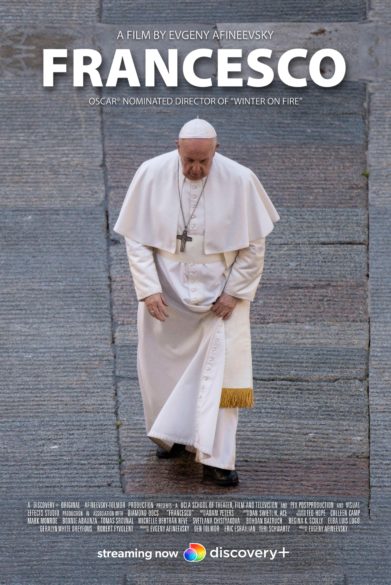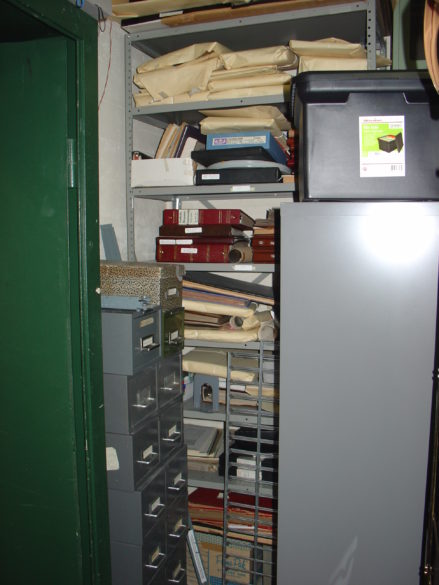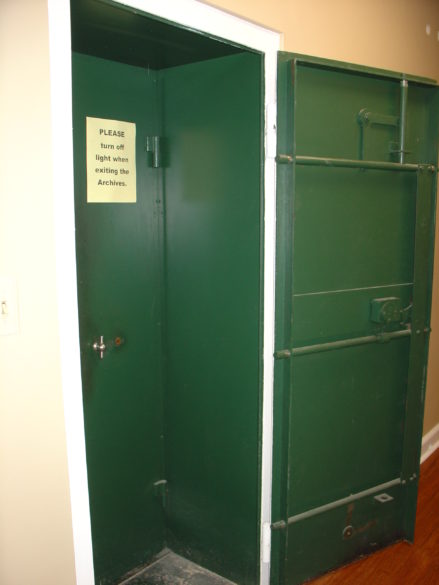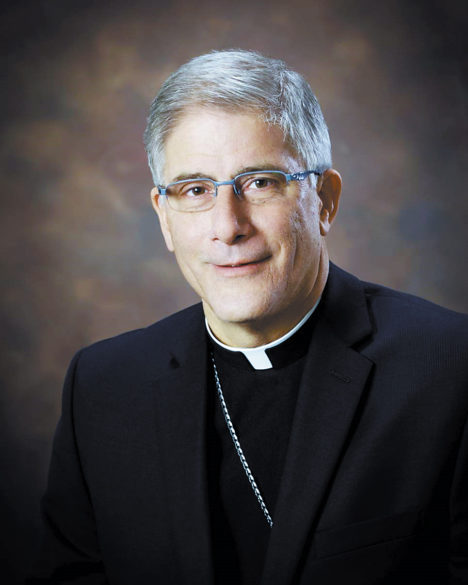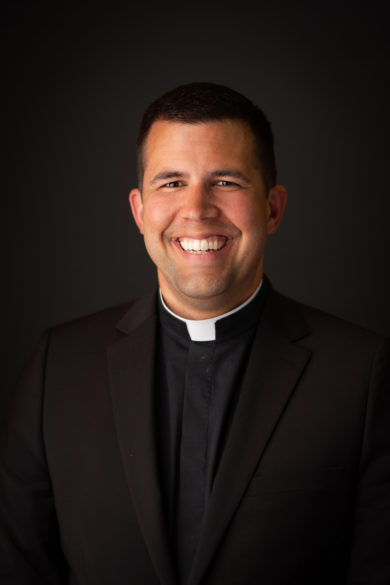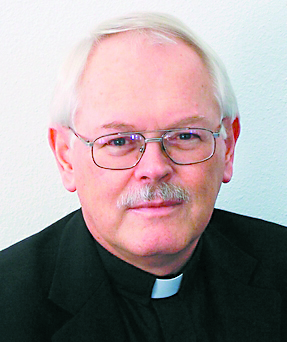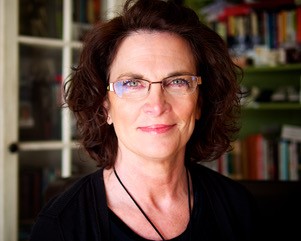ON ORDINARY TIMES
By Lucia A. Silecchia
I saw them in the department store – a mother and a little girl about five years old. The child, in her restlessness, sought to wander away during what must have struck her as a very dull way to spend time. Sifting through a clearance rack is not the excitement five year olds appreciate.
Whenever the little girl strayed too far, her mother would say, with care and concern, “Please don’t get lost.” I smiled to myself when I heard this. I am blessed with a good sense of adventure but a horrible sense of direction. That combination means that when I was five – and now that I am much older than five! – getting lost was and remains a routine state of affairs.
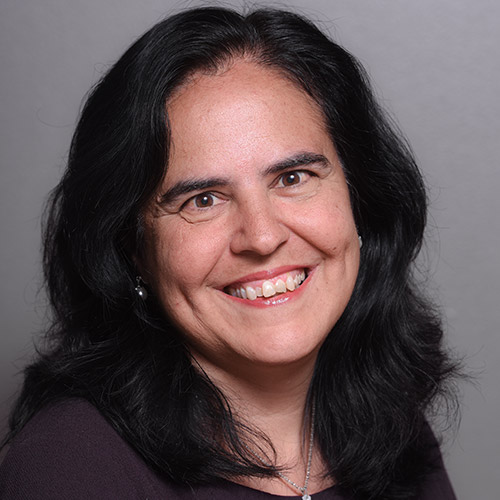
But when I heard that mother say to a beloved daughter “Please don’t get lost,” it struck me that this is not merely a mother’s plea to an unwilling young shopping companion. It may also be the prayer that loving mothers say for their beloved children every day of their lives. It may be a prayer that goes something like this …
When you lie in your crib alone and the darkness of your room and the shadows on the wall frighten you and the night seems long, please don’t get lost.
When you take your first steps and you fall not just once, but over and over again, and your knees and your pride get bruised, please don’t get lost.
When I leave you alone at school for the first time and you glance back toward me and ahead toward a roomful of strangers and uncertainty overwhelms you, please don’t get lost.
When a schoolyard bully ruins your day, when you fail your first exam, when you lose the spelling bee and when you don’t get picked for the baseball team or the school play and you never want to go to school again, please don’t get lost.
When you are discerning your vocation in life and deciding how best to spend your love and the future seems exciting and frightening, boundless and burdensome all at the same time, please don’t get lost.
When your heart gets broken in all the large and small ways that happens and you think life will never hold joy for you again, please don’t get lost.
When illness or injury strikes you – or someone you love – without warning and the suffering is more than you ever thought possible and each day is a stunning new struggle, please don’t get lost.
When you pray and God seems far away and so you stop praying for a time, please don’t get lost.
When life is going well and you stop realizing how much you need God and, once again, you stop praying for a time, please don’t get lost.
When your cherished plans fall apart or a lifelong friend betrays you or a dearest dream is dashed, please don’t get lost.
When success surrounds you and you let it go to your head, please don’t get lost.
When you make a stunningly bad mistake and no one is angrier at you than you are at yourself, please don’t get lost.
When your heart, your home, your bank account and your stomach are all full and you neglect gratitude and compassion, please don’t get lost.
When you start to feel, for the very first time, that you are growing older and might not accomplish all that you hoped to do in this life, and that emptiness hurts your heart a bit, please don’t get lost.
When I myself grow old and the painful privilege of walking me home falls on your shoulders, just as care for you once fell on mine, do the best you can, and please don’t get lost.
When you yourself grow older and with grace and dignity – or, perhaps, against your own will — you start to shed the outward signs of success and strength by which we too often measure our worth, please don’t get lost.
But most of all, when your journey through this life draws to an end, then, more than ever, please don’t get lost.
When you are scared, hold onto all I tried to teach you, the faith I tried to share with you, and the love I left behind for you. Please don’t get lost – because I want to see you again on the other side of eternity, when we have both left behind our ordinary times.
On Mother’s Day and always, may God bless all our mothers in this world and the next. And thanks, Mom, for all the times you prayed for me.
(Lucia A. Silecchia is a Professor of Law at the Catholic University of America. “On Ordinary Times” is a biweekly column reflecting on the ways to find the sacred in the simple. Email her at silecchia@cua.edu.)

